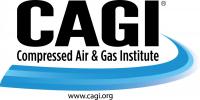Compressed air is often referred to as the fourth utility, behind electric, gas and water, because it is used in so many applications in numerous industries, from auto service facilities to construction sites. Air compressors are designed to compress air to higher pressures and harness this potential energy source. Compressed air is a utility that is generated in-house, so owners have more control over it than any other utility.
There are many options for what kind of air compressor you can select for the intended application. In many cases, reciprocating air compressors can provide an economical compressed air solution with designs ranging from inexpensive consumer duty models to more rugged industrial products. They are ideally suited for intermittent duty cycles and are simple in design. Timely/consistent routine maintenance and proper installation as outlined in the equipment operator’s manual will help maintain their useful life.
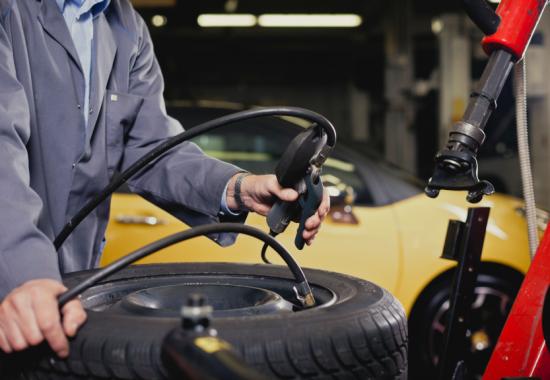
Reciprocating Compressors Are Ideal for Intermittent Duty Cycle Applications
Reciprocating air compressors are designed for variable up and down duty cycle applications as the full power of the compressor is available when needed. When demand stops, a reciprocating compressor shuts off automatically to reduce consumption of power. In selected cases where the high demand for air is short term, a tank mounted system provides air flow bursts that exceed the capacity of the compressor by using stored up compressed air from the tank. These features contribute to reduced energy usage, less wear and tear on the compressor, while allowing for an air compressor design that is simple to operate and maintain.

Roofer using an efficient pneumatic nail gun operating from a small gasoline powered or electric powered air compressor.
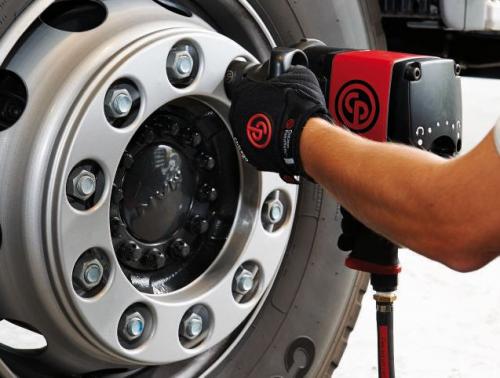
Pneumatic impact wrench installing tires.
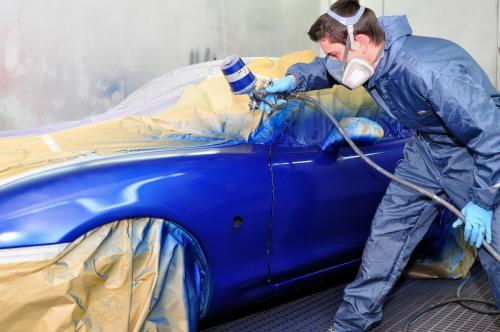
Paint for a car is applied using a compressed air powered sprayer.
Reciprocating Compressors Are Low Cost In Maintenance
The basic features of reciprocating compressors include common mechanical components and simple electrical controls. In addition to the compressor pump, basic mechanical components include an electric motor, pulley, belts, air tank, pipe and fittings, check valve and a discharge valve. Electrical controls include a simple motor overload protector and pressure switch. The simplicity of this design usually requires less technical training to perform maintenance or repairs. Compressor manufacturers typically offer packaged maintenance and service kits that include the proper parts needed to allow for DIY (do it yourself) service and aid in keeping the compressor in top running condition.
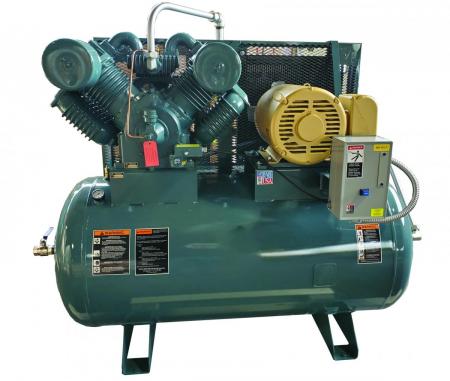
Reciprocating Compressors Last Longer with Proper Installation
The air compressor location should be as close as possible to the point where the compressed air is to be used. It is also important to locate the compressor in a clean, dry, cool and well-ventilated area away from any source of heat.
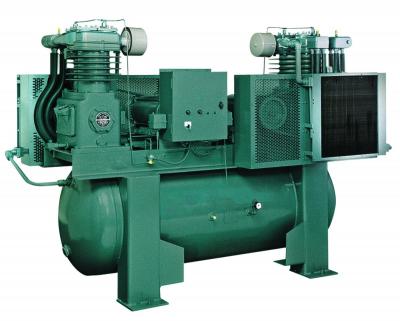
Although reciprocating compressors contain intake filters to improve the quality of intake air, it is always best to start with the cleanest intake air possible. Many applications create dust, or project particulates into the air. Likewise, if the natural air is smoggy or pollen filled, these particles can stick to the compressor valves or score the cylinder walls and reduce the life of the compressor pump.
In the case of high humidity, once the air has been compressed, a portion of the water vapor will condense into liquid in the tank or downstream compressed air pipes. This results in water that must be removed and discarded somewhere. By starting with lower humidity intake air, the issue with downstream water removal is reduced.
Heat is a natural bi-product of compression, as the act of compressing air increases friction of the air molecules. The result, when air is compressed into a smaller space, the air temperature rises; and as air is de-compressed, its temperature drops. In cases where operating temperatures are a concern, a lower input air temperature results in a lower discharge temperature once the air is compressed. Ventilation also helps cool the system by removing heat from the compressor area and replacing it with cooler air. In the event that heat changes create water contamination in the compressed air line, the topic should be discussed with the local compressed air equipment provider who can assess whether other issues/gaps need to be addressed in order to eliminate the problem.
Through timely/consistent routine maintenance and proper installation, coupled with a simple design, reciprocating air compressors will last longer and will have optimum performance for intermittent duty cycle applications.
|
The Compressed Air and Gas Institute (CAGI) is the united voice of the compressed air industry, serving as the unbiased authority on technical, educational, promotional, and other matters that affect compressed air and gas equipment suppliers and their customers. CAGI educational resources include e-learning coursework, selection guides, videos and the Compressed Air & Gas Handbook. The Reciprocating Compressor Section consists of the following member companies:
|
All photos are courtesy of the Compressed Air and Gas Institute.
For more information, contact the Compressed Air & Gas Institute, tel: (216) 241-7333, email: cagi@cagi.org, visit www.cagi.org or follow us on LinkedIn.
To read more Air Compressor Technology articles, visit www.airbestpractices.com/technology/air-compressors.

